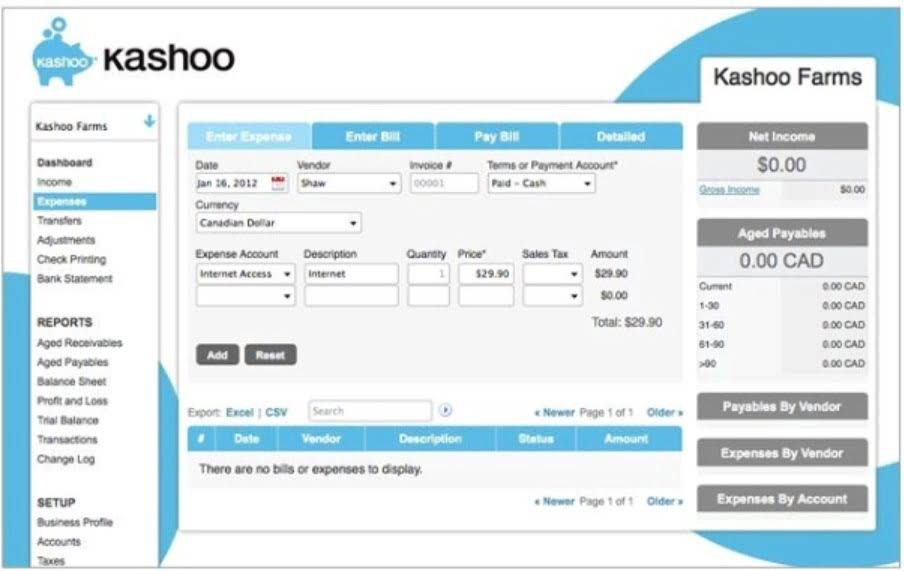No products added!

You should consult with a licensed attorney, CPA or other professional to determine what may be best for your individual needs. The same principle applies to millions and billions when dealing with financing and accounting terms. The seven letters in Roman numerals are I, V, X, L, C, D, and M. These figures have values of 1, 5, 10, 50, 100, 500, and 1,000.
Why Do Accountants Abbreviate Long Numbers?

You’ll find that it’s mainly used in the energy sector, but it otherwise doesn’t get recognized. I generally use $___MM, which was, and still is, often used by accountants and economists. Before “K” was adopted as the colloquial way of writing a thousand (i.e. $35k to mean $35,000), it was common to use “M” instead; “M” being the Roman Numeral for 1,000. As a result, “M” simply became shorthand for adding three zeros and thus “MM” became the shorthand for adding six zeros. The Greek option is typically capitalized when multiple abbreviations are used for accounting purposes.
- For example, 1MM equals 1 million, $34MM equals $34 million and so on.
- Despite some calls to modernize, MM persists because of its advantages for clarity, precision, and familiarity.
- Roman abbreviations are usually not capitalized when using this method (1MM vs. 1mm), but each firm has different standards they follow.
- MM helped condense meaning while still conveying millions clearly.
What Does ‘MM’ Mean in Accounting?

Roman abbreviations are usually not capitalized when using this method (1MM vs. 1mm), but each firm has different standards they follow. Once a https://www.instagram.com/bookstime_inc number reaches higher than ten, it becomes much harder to count with your fingers. The Romans incorporated seven letters to represent different numbers for a standard counting method to simplify that situation. Despite some calls to modernize, MM persists because of its advantages for clarity, precision, and familiarity. After analyzing its history and modern use, I have a new appreciation for how deeply rooted MM is within finance culture, likely to endure for the foreseeable future.
Historical Context of MM in Finance

You have to be careful when using it or interpreting it because MM can stand for other things too. It also saves space and enhances readability in financial reports, statements, or ledgers where space https://www.bookstime.com/ might be limited. Furthermore, using MM can make a large-scale monetary value easier to quickly grasp, both visually and conceptually, as it simplifies the financial quantities being discussed or presented. The term enables clarity and consistency, reducing the risk of misunderstandings due to different interpretations of number notation. It originates from the Roman numeral, M, for thousand, and MM is used to indicate one thousand thousands, which makes a million. It is commonly used in financial documents, or when discussing budgets, earnings, or other financial data.
Streamlining Financial Documents
This is particularly important in scenarios where quick decision-making is required, such as during mergers and acquisitions or when assessing investment opportunities. In financial operations – where every zero in what does mm mean in business a number is crucial – abbreviating large figures helps reduce potential errors when handling complex calculations and transactions. The Authorized Share Capital of Company is $15,000,000 shares of $ 100 each i.e. $ 1,500,000,000. Your sentences come from this report from Kleiner Perkins Caufield & Byers, who is a financial firm, so it is understandable that they would use MM to refer to millions.
- The origins of this notation can be traced back to the Roman Empire, where the numeral system laid the groundwork for modern numerical abbreviations.
- Our goal is to create English lessons that are easy to understand for everyone.
- As businesses grew in scale and complexity, the volume of financial data increased exponentially.
- The term enables clarity and consistency, reducing the risk of misunderstandings due to different interpretations of number notation.
- However, I would not bet that that is a standard abbreviation.
- Analysts use it to project future revenues, expenses, and other financial metrics.
